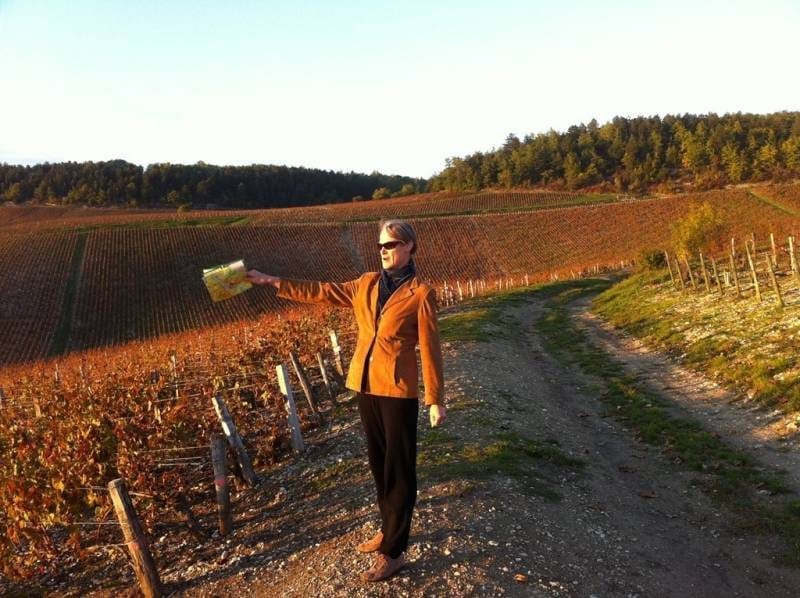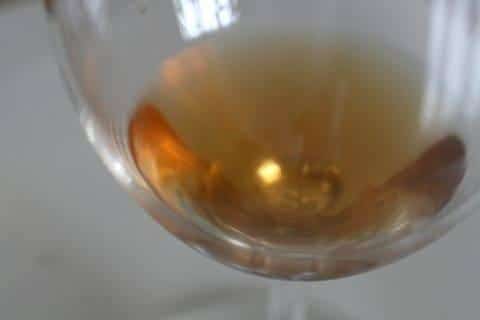Chablis, town and vineyards
For a short stay to enjoy the town and the wines of Chablis, it’s pretty much a perfect wine town. The town itself is beautiful with elegant buildings, great and small, while the Grand Cru vineyards conveniently arrange themselves in a single sweep on one side of the town. It’s an easy walk to mingle with old vines on the favoured south-west facing slope.
Links to featured wineries:- Grand Cru Moutonne – photoblog from visit of March 2014
- Vignoble Dampt – family company and a transvestite spy!
- Chablis – all flints and fossils – scintillating, mineral wines at the Royal Opera House
- Christian Moreau at Caviste – top producer visits Hampshire
- The world’s Chardonnay – a Chablis in the company of the range of Chardonnay styles
- Jean-Marc Brocard – Chablis on a grand scale
- Reds in white country: Serge Bienvenu (ageable Pinot Noir in Irancy) – and Domaine Bersan (St Bris des Vineux)
- Top glasses – the best from Sancerre, Chablis and Champagne
 The current prosperity of the town is obvious and based on the wine that bears its name. But it was not always like this. Tim Clarke (of Arblaster & Clarke) fills out the background:
The current prosperity of the town is obvious and based on the wine that bears its name. But it was not always like this. Tim Clarke (of Arblaster & Clarke) fills out the background:
- in the nineteenth century there was a vast vineyard area of 40,000 hectares in order to supply both wine to nearby Paris and grapes to the Champagne district for its sparkling wine industry. But this came to an end with phylloxera; the arrival of modern communication which meant that Paris got its bulk wine from the south and Africa; and the modern requirement that Champagne comes from grapes grown within its own area.
- even so the modern region at 4,800 hectares plus is bigger than Sancerre and the central area vineyards put together, but there are still abandoned vineyards to be seen in many less favoured sites
- most of the wine produced is Chardonnay (here also called ‘Beaunois’) which is made in the sharp and mineral style
- but there is also
- some Sauvignon Blanc at St Bris
- Pinot Noir, with the better wine being sold either with its own AC (eg Irancy) or as Bourgogne + village name (eg Bourgogne Epineuil)
- Aligoté: some personality in good years, otherwise avoid or use it for Kir
- Sacy: for sparkling wine; pronounced Sassy, it probably sounds better than it tastes!
- after the great collapse at the end of the nineteenth century and the loss of life in the first world war, growers protected themselves and sought to benefit from their own work by forming very successful cooperatives
- The wines of Chablis AOC were the bigger survivor with its Grand Cru vineyard (divided into 7 parts which have individual names), lots of Premier Cru, generic Chablis and Petit Chablis, the latter not on the classic Kimmeridgean marl but on Portlandian.
- recent years have seen battles between two associations, one intent on not diluting the brand by expansion of vineyards and the other wanting to expand. The authorities in Paris (INAO) has agreed some additional Premier Crus (for example, Vau de Vey and Vaulorent) and have sanctioned a massive expansion of Petit Chablis. It was a 100 hecatares 20 years ago, now it’s 1800 ha. So on the whole the expansionists have prevailed. That in turn has led to greater distinctions between the old established Premier Crus and the newcomers – often less flinty, softer, more easy to appreciate … and less distinctive?
Back to French regions




